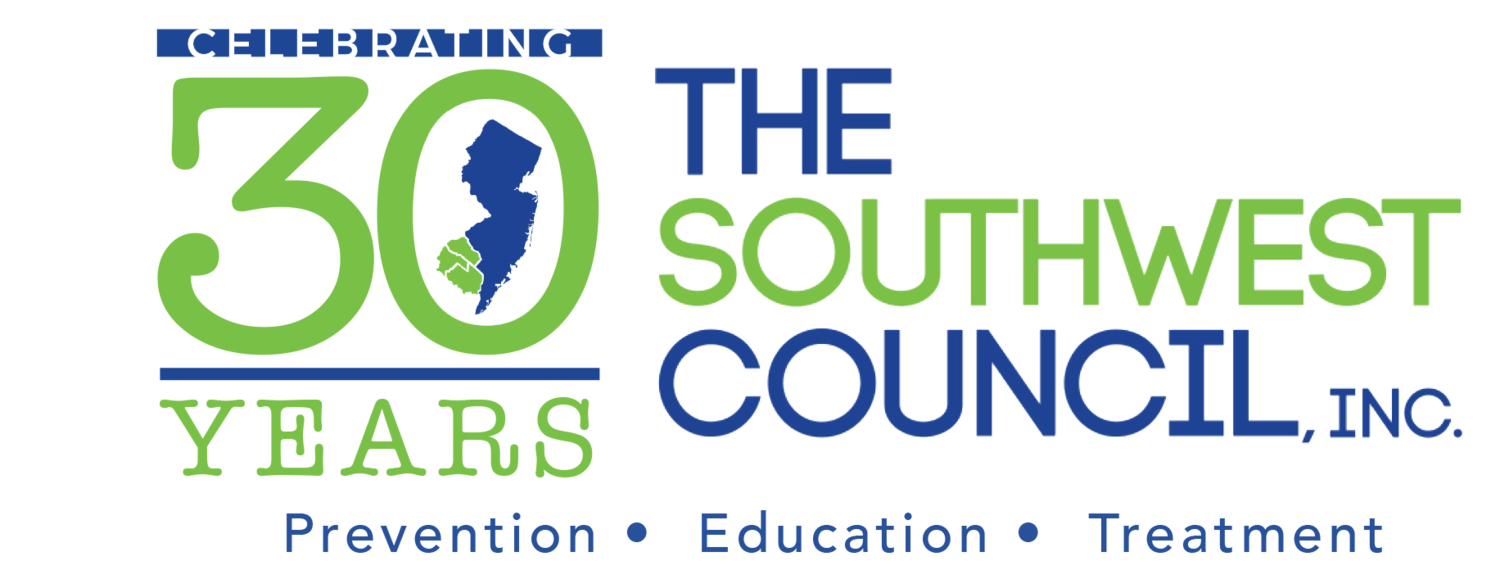by: Adrienne Davis
A long time ago in a galaxy far, far away I was a high school student. For most people, our adolescence is cultivated by friends, family, and our environment. However, we do not often think about the effect media can have on our attitudes and thoughts towards substances such as alcohol. What thoughts come to mind when we hear the word alcohol? In films, we may see a teenage comedy where the goal is to get as much liquor as possible. A television might show us a friendly drunk uncle that comedically stumbles into a family dinner. Even our favorite genres of music have songs that heavily reference alcohol as the catalyst to a good time. We will explore the scope of the issue and how alcohol is marketed in media.
Underage drinking and adolescent attitudes toward drinking alcohol are concerning. A study found that 19% of young people aged 12 to 20 years reported drinking alcohol and 11% reported binge drinking in the past 30 days. 8% of 8th grade students and 29% of 12th grade students reported drinking alcohol during the past 30 days, and 4% of 8th grade students and 14% of 12th grade students reported binge drinking during the past two weeks.
There can be a multitude of reasons as to why an adolescent tries alcohol for the first time. Peer pressure, easy access, or environment could all be factors in introducing younger people to the concept of alcohol. However, the presence of media should not be ignored. A study for Preventing Chronic Disease analyzed portrayals of alcohol in adolescents’ favorite television shows. The study found that more than 756 alcohol portrayals across 180 episodes of television. Northwestern University conducted a study where they found that 22.4% of songs on the Billboard’s Hot 100 list mentioned alcohol. Boston University and Johns Hopkins University looked at Billboard’s listings of the most popular songs from 2009-2011 in which 720 songs were identified as mentioning alcohol in some form. “According to the study, the brand names were associated with wealth 63.4% of the time; sex, 58.5%; luxury objects, 51.2%; partying, 48.8%; other drugs, 43.9% and vehicles, 39%. These brands all had a spike in sales while the songs that mentioned them stayed at the top of the charts.” (Hilliard 2020) There are even algorithms on social media websites that specifically market alcohol brands.
What is the solution? Blocking all forms of media is easier said than done. There are practical ways that we can discuss how alcohol is portrayed in the media. Southwest Council has initiatives such as Drugs Over Dinner that encourages parents to open the lines of communication and speak with their children about drugs and alcohol. Our prevention programs like Media Ready and Lifeskills Training discuss the ramifications of alcohol and other drugs in media as well as teaching valuable skills that enable adolescents to resist the peer pressure of alcohol. Incorporating these ideas can go a long way to combating the negative images of alcohol that we see in the media. For additional information and resources can be found at https://www.southwestcouncil.org/.





